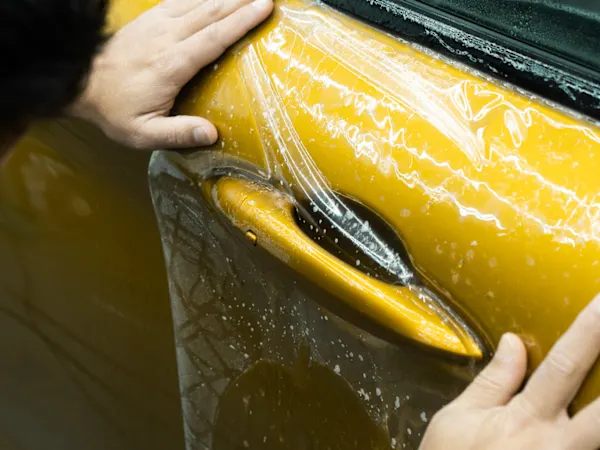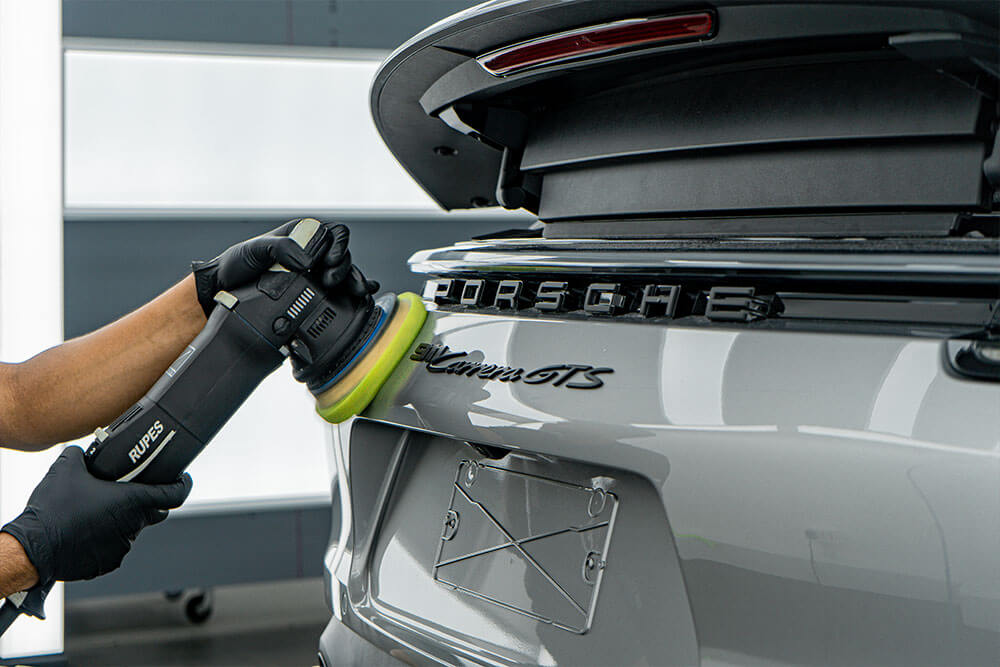
Paint Protection Film (PPF) is essential for car owners who want to protect their vehicle’s paint from chips, scratches, and environmental damage. However, applying PPF isn’t just about placing a sheet of film on the car. The process requires a series of meticulous steps to ensure a flawless application. From cutting to curing, professionals follow a carefully executed process that guarantees the PPF performs well over time. Here’s how pros handle every step.
Preparation: Cleaning the Vehicle
Before any film is applied, the vehicle must be thoroughly cleaned. This step is more than just a quick wash it involves deep cleaning to remove any dirt, grease, or wax that could affect the PPF’s adhesive properties. Professionals use special cleaning agents and microfiber towels to ensure the surface is free from contaminants. This detailed preparation ensures the PPF will bond properly and stay in place for years.
Cutting the Film: Precision Matters
Once the vehicle is clean, the next step is cutting the PPF. Unlike generic pre-cut kits, professionals often use advanced software and cutting machines to create custom patterns tailored to the specific shape and curves of the vehicle. This ensures a perfect fit for each section of the car, minimizing seams and overlap. The goal is to make the installation seamless, which helps with both appearance and durability. Proper cutting also eliminates unnecessary material waste, ensuring efficiency and precision during the application process.
Installation: Carefully Applying the Film
With the film cut to fit, it’s time for installation. Professionals apply a special solution to the car’s surface to make the film easier to position and adjust. This solution allows the film to move around before it bonds, giving the installer the flexibility to correct any misalignments. Once the film is in the right position, it’s carefully smoothed to remove air bubbles and wrinkles. Professionals use squeegees and soft tools to press the film into place, ensuring a tight, flawless fit.
Curing: Allowing the Film to Bond
After the film is applied, the curing process begins. The film needs time to fully bond with the paint to ensure a long-lasting application. Professionals typically use heat lamps or infrared curing systems to speed up the process. It’s essential that the curing is done in a controlled environment, as factors like temperature and humidity can affect how well the adhesive sets. Proper curing ensures the PPF won’t peel or lift over time.
Inspection and Finishing Touches
Once the curing process is complete, professionals carefully inspect the installation for any imperfections. If any air bubbles or wrinkles are found, they’re addressed immediately to maintain the film’s smoothness. The edges of the film are trimmed precisely to avoid lifting and to give the vehicle a clean, polished look.
Maintenance Advice for Longevity
After the PPF is fully installed, the car owner receives instructions on how to care for the film. Proper maintenance, such as avoiding harsh chemicals and using gentle cleaning methods, helps the film last longer and maintain its protective qualities.
Conclusion
Each step of the PPF process, from cutting to curing, requires precision and expertise. Professionals understand how to handle every phase carefully, ensuring the best results. When installed correctly, PPF offers excellent protection, preserving the appearance and value of your vehicle for years to come.


